Alberta government admits that every day 2.5 to 10 million barrels of precious fresh water is used and rendered useless in Alberta Canada to produce the dirtiest oil on Earth.
Corruption, Getting Off Oil, Latest news, World news Monday, August 22nd, 2011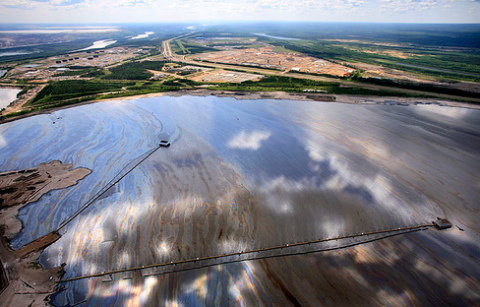
According to the government of Alberta (from the Oil Sands Facts and Statistics page) mining operations uses 7.5 to 10 barrels of fresh water for every barrel of Alberta crude oil and about 2.5 to 4 barrels of fresh water is used for every barrel of bitumen. Mining the tar sands of Alberta threatens to strip the world’s largest intact forest of its ability to hold carbon and to wipe out the breeding grounds for millions of birds.
To many industry and political officials, these “oil sands” are the answers to the United States’ prayers: a North American source of oil that offers independence from the Middle East and other unstable nations like Venezuela. But its extraction comes at a terrible cost: the destruction of Canada’s boreal forest, which provides breeding grounds for up to three billion birds. The world’s largest intact forest also offers habitat to black bears, lynx, and great herds of caribou. And it soaks up carbon with twice the efficiency of tropical rainforests—a hedge against global warming. Downstream residents and environmentalists, who prefer the term “tar sands,” say the threat to the boreal far outweighs the benefit of this new energy source.
Today Canadian oil accounts for 19 percent of U.S. oil imports. Roughly half comes from the tar sands, which cover an area the size of Wisconsin. By 2035 Alberta’s bitumen could provide up to 37 percent of our foreign oil needs, according to the consulting firm IHS Cambridge Energy Research Associates. The Obama administration, which has been quietly talking with environmental leaders, has not taken a firm position on the issue. In his most explicit remarks, President Obama told the Canadian Broadcasting Corporation that he believed technology would eventually lessen the tar sands’ “big carbon footprint.” Many environmentalists view that hope with skepticism.

The first step to prepare the ground for open pit mining is to burn down the forest.
From the oil company representatives, we hear about responsible extraction and replenishment. Those on the other side tell us about depleted and contaminated water, rare cancer, and the loss of bird and mammal habitat. They wonder aloud what will remain of their province if oil companies continue extracting northern Alberta’s resources at the projected expansion rate.
Oil sands are a mixture of roughly 90 percent clay, sand and water, with 10 percent bitumen. The dark, sticky sands look similar to topsoil, are viscous when warm and freeze as solid as concrete in cold temperatures. But calling them “tar” pits or “tar” sands is misleading — the thick black substance isn’t tar, but rather bitumen. Bitumen is composed of a mixture of hydrocarbons. It’s petroleum that exists naturally in a solid or semisolid state, but unlike conventional petroleum, which is in natural liquid form, bitumen needs to be separated from the sand before it can be used.
More than 2 trillion barrels of the world’s petroleum lies in oil sands, though most will never be dug and processed because it’s too deep. Alberta, Canada, has a booming oil-sand industry — as many 1 million barrels of synthetic oil (as well as 2 to 10 million barrels of useless toxic sludge water) are produced there every day, from the oil sands.
It’s estimated that Alberta may have as much as 300 billion barrels of recoverable oil (that will take 600 to 1200 billion barrels of fresh water to recover), as well as exponentially more that can’t be tapped until the development of new technologies for retrieval. That volume means that Canada is one of the largest oil producers in the world, second to Saudi Arabia.
The majority of bitumen is refined for use in gasoline, jet fuel and home heating oil, but bitumen also makes its way into more than 3,000 products you might not expect: ballpoint pens, lipstick, flying discs, even T-shirts. Before it can be used for anything, though, it first needs to be extracted from the sand and then processed.
How do you go about straining oil from sand? Shallow reserves, which make up about 20 percent of oil sands, are recovered through surface mining, which is mining through open pits. The process of surface mining differs a bit from company to company but generally includes conditioning, separation and froth treatment.

The worst ongoing environmental disaster on Earth
Conditioning starts the process of separating sand and bitumen and breaks apart any large pieces of oil sands. The oil sand is mixed with very large quantities of warm water (fresh water that is in limited quantities and that is essential for drinking, cooking, cleaning and cultivation) — called a slurry — and transported by pipeline to an extraction facility. Here, the slurry is put through a separation process where sand sinks to the bottom and impure bitumen froth rises to the top. The froth is steamed (using a lot more of our limited and essential fresh water supply), deaerated and diluted with naphtha to remove any lingering solids and promote flow. Diluted bitumen is processed in inclined plate settlers (IPS) and centrifuges — both methods further clean the bitumen. And after all that, extraction is finished.
Deeply deposited bitumen reserves aren’t reachable through open-pit digging and are recovered using in situ techniques, the most successful known as SAG-D. SAG-D is steam-assisted gravity drainage, a method that involves injecting steam (also uses a very large quantity of our limited and essential fresh water supply) into wells within the oil sand. The intense temperature and pressure separate the bitumen and water from the sand, and the bitumen — rendered soft with the heat — surfaces while the sand stays put. Other in situ techniques include toe to heel air injection (THAI), a relatively new process that combines both vertical and horizontal air injections into underground wells, and a vapor extraction process (VAPEX), similar to SAG-D but with a solvent injections instead of steam (fresh water).
Refined bitumen is then ready to be transported and upgraded into synthetic crude oil and other petroleum products.
Recovering bitumen (carcinogenic – causing cancer) and transforming it into synthetic crude oil is dirty work, literally and environmentally. The mining and processing needed to produce a single barrel of upgraded synthetic crude oil uses between 2.5 to 10 barrels of water and an amount of natural gas equal to what’s needed to heat a home for four days. Rendering a single barrel also destroys 4 tons of earth. Additionally, oil-sand extraction and processing operations are responsible for 31.4 percent of Canada’s greenhouse gas emissions (according to the Alberta government’s chart above), emissions that are expected to triple by 2020. Mining also puts rivers and forests (including Canada’s boreal forest, one of the world’s largest intact ecosystems) at risk.
Canada’s boreal forests are hugely significant on a global, national and regional/provincial basis. This significance encompasses ecological, economic and social values and services. From an ecological and conservation perspective, Canada’s boreal is the “great lung” of North America, breathing in carbon dioxide and exhaling oxygen into the atmosphere. It stretches across the heart of Canada from coast to coast, touching every province and territory and is the single largest land based ecosystem in North America. The Alberta Tar Sands extradtion process is destroying this breathing forest. The oil companies are clear cutting what is essentially our main source of breathable oxygen.
As if that’s not enough to worry about, two Canadian toxic dumps for tailings, the heavy metal-rich waste created during the separation process, can be seen from space.
Ask yourself if the cost of extracting the dirtiest oil on Earth is worth it. Only a handful of people are making any money from this. Today the United States can buy a gallon of this dirtiest gasoline on Earth for $4 a gallon. The same gasoline (from the Alberta Tar Pit) is sold to Canadians for $5 a gallon. Why are Canadians paying $1 more than Americans for the same gasoline? One word – NAFTA. According to the NAFTA agreement Canadians don’t own the oil in the ground, Americans do. The United States made that perfectly clear when China came to Canada and tried to make oil deals with the Canadian government.
The oil sands projects are for the United States benefit only. Canadians will always be forced to buy Canadian oil from the United States. They are making money and getting cheaper gas while Canadians lose more and more of their limited supply of fresh water and watch the destruction their life sustaining forests. The fresh water being used to extract and refine this very toxic oil can never be used again. No recycling process can ever make it safe to drink, bathe or cook. The forest that they are wiping from the face of the Earth takes generations to grow back. What is the end result of the worst environmental disaster on Earth? Lack of essential fresh water and oxygen means we all die.
Short URL: https://presscore.ca/news/?p=781


 The Halifax International Security Forum was founded in 2009 as a propaganda program within the German Marshall Fund (founded June 5, 1972 by West German Chancellor Willy Brandt) by the Crown in Canada using Crown Corp ACOA & DND funds. The Halifax International Security Forum is a front that is used to recruit top US, UK and Canadian gov and military officials as double agents for Canada's WWI, WWII enemy and wage new Vatican Germany Cold War.
High Treason: s.46 (1) Every one commits high treason who, in Canada (c) assists an enemy at war with Canada, ..., whether or not a state of war exists". Every one who, in Canada assists Canada's enemies wage "piecemeal WWIII" Cold War by organizing, funding and participating in the Germany government politically and militarily benefitting / lead Halifax International Security Forum is committing high treason.
The Halifax International Security Forum was founded in 2009 as a propaganda program within the German Marshall Fund (founded June 5, 1972 by West German Chancellor Willy Brandt) by the Crown in Canada using Crown Corp ACOA & DND funds. The Halifax International Security Forum is a front that is used to recruit top US, UK and Canadian gov and military officials as double agents for Canada's WWI, WWII enemy and wage new Vatican Germany Cold War.
High Treason: s.46 (1) Every one commits high treason who, in Canada (c) assists an enemy at war with Canada, ..., whether or not a state of war exists". Every one who, in Canada assists Canada's enemies wage "piecemeal WWIII" Cold War by organizing, funding and participating in the Germany government politically and militarily benefitting / lead Halifax International Security Forum is committing high treason.
 Please take a moment to sign a petition to
Please take a moment to sign a petition to 


































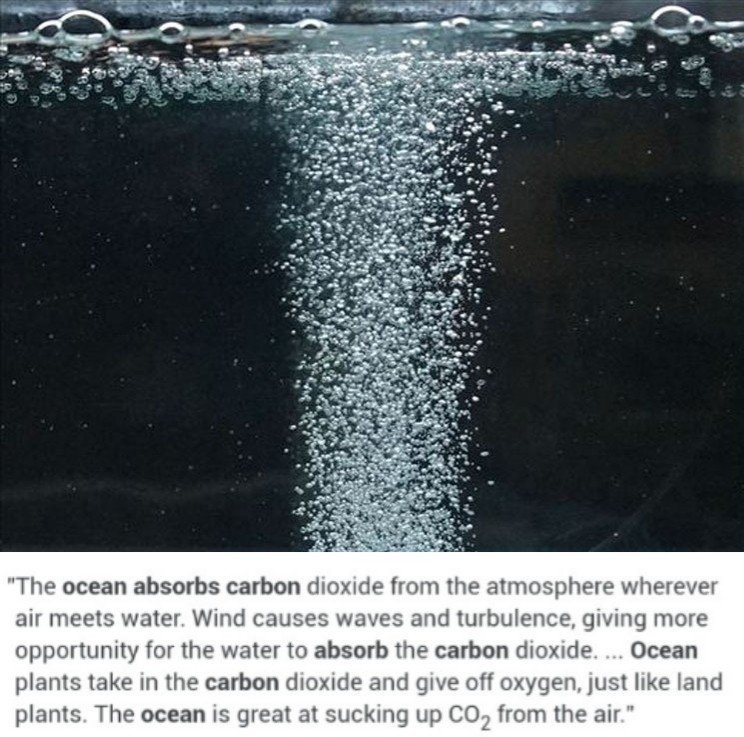





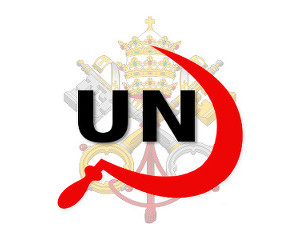
 1917 Code of Canon Law, Canon 185 invalidates (voids) all papacies since October 26, 1958 due to the fact Cardinal Giuseppe Siri was elected Pope on the Third ballot on Oct 26 1958 but the new Pope Gregory XVII was illegally prevented from assuming the office. A Pope was elected on October 26, 1958. Thousands of people witnessed a new Pope being elected by seeing white smoke and millions were informed by Vatican radio broadcasts beginning at 6:00 PM Rome time on October 26, 1958. The papacy of Francis, Benedict, John Paul II, John Paul I, Paul VI, John XXIII and any and all of their respective doctrines, bulls, letter patents and the Second Vatican Council are all invalidated (having no force, binding power, or validity) by Canon 185 because the 1958 conclave of cardinals elected Cardinal Giuseppe Siri Pope on Oct 26 1958. Cardinal Giuseppe Siri accepted the papacy by taking the name Pope Gregory XVII but was illegally prevented from assuming his elected office.. According to Canon 185 Cardinal Angelo Giuseppe Roncalli illegally assumed the papacy 2 days later by fraud and grave fear, unjustly inflicted against Cardinal Giuseppe Siri who was lawfully elected Pope Gregory XVII. Because no Pope has been lawfully elected since October 26, 1958 the Holy See (la Santa Sede/Seat) remains vacant.
1917 Code of Canon Law, Canon 185 invalidates (voids) all papacies since October 26, 1958 due to the fact Cardinal Giuseppe Siri was elected Pope on the Third ballot on Oct 26 1958 but the new Pope Gregory XVII was illegally prevented from assuming the office. A Pope was elected on October 26, 1958. Thousands of people witnessed a new Pope being elected by seeing white smoke and millions were informed by Vatican radio broadcasts beginning at 6:00 PM Rome time on October 26, 1958. The papacy of Francis, Benedict, John Paul II, John Paul I, Paul VI, John XXIII and any and all of their respective doctrines, bulls, letter patents and the Second Vatican Council are all invalidated (having no force, binding power, or validity) by Canon 185 because the 1958 conclave of cardinals elected Cardinal Giuseppe Siri Pope on Oct 26 1958. Cardinal Giuseppe Siri accepted the papacy by taking the name Pope Gregory XVII but was illegally prevented from assuming his elected office.. According to Canon 185 Cardinal Angelo Giuseppe Roncalli illegally assumed the papacy 2 days later by fraud and grave fear, unjustly inflicted against Cardinal Giuseppe Siri who was lawfully elected Pope Gregory XVII. Because no Pope has been lawfully elected since October 26, 1958 the Holy See (la Santa Sede/Seat) remains vacant.
 Hold the Crown (alias for temporal authority of the reigning Pope), the Crown appointed Governor General of Canada David Lloyd Johnston, the Crown's Prime Minister (servant) Stephen Joseph Harper, the Crown's Minister of Justice and Attorney General Peter Gordon MacKay and the Crown's traitorous military RCMP force, accountable for their crimes of treason and high treason against Canada and acts preparatory thereto. The indictment charges that they, on and thereafter the 22nd day of October in the year 2014, at Parliament in the City of Ottawa in the Region of Ontario did, use force and violence, via the staged false flag Exercise Determined Dragon 14, for the purpose of overthrowing and besieging the government of Canada contrary to Section 46 of the Criminal Code. In a society governed by the rule of law, the government and its officials and agents are subject to and held accountable under the law. Sign the online
Hold the Crown (alias for temporal authority of the reigning Pope), the Crown appointed Governor General of Canada David Lloyd Johnston, the Crown's Prime Minister (servant) Stephen Joseph Harper, the Crown's Minister of Justice and Attorney General Peter Gordon MacKay and the Crown's traitorous military RCMP force, accountable for their crimes of treason and high treason against Canada and acts preparatory thereto. The indictment charges that they, on and thereafter the 22nd day of October in the year 2014, at Parliament in the City of Ottawa in the Region of Ontario did, use force and violence, via the staged false flag Exercise Determined Dragon 14, for the purpose of overthrowing and besieging the government of Canada contrary to Section 46 of the Criminal Code. In a society governed by the rule of law, the government and its officials and agents are subject to and held accountable under the law. Sign the online  Two of the most obvious signs of a dictatorship in Canada is traitorous Stephen Harper flying around in a "military aircraft" and using Canadian Special Forces "military" personnel from JTF2 and personnel from the Crown's traitorous martial law "military" RCMP force as his personal bodyguards.
Two of the most obvious signs of a dictatorship in Canada is traitorous Stephen Harper flying around in a "military aircraft" and using Canadian Special Forces "military" personnel from JTF2 and personnel from the Crown's traitorous martial law "military" RCMP force as his personal bodyguards.

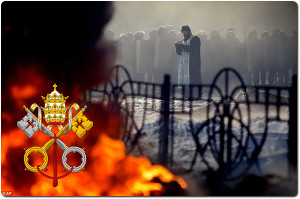














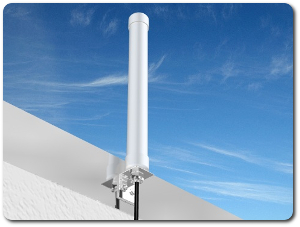
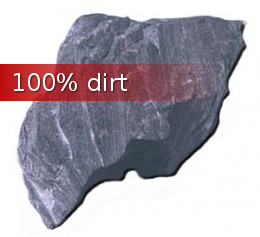
















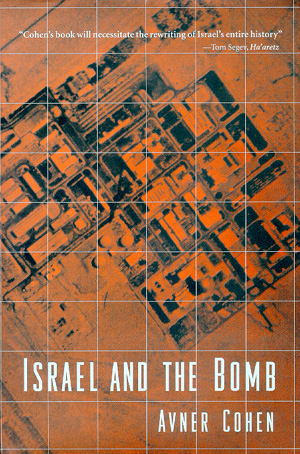


Canada is the third-largest producer of natural gas, the sixth-largest of oil and has oil reserves that are the envy of the world. Furthermore, Canada is the largest oil exporter to the United States. So why higher gas prices in Canada than in the U.S.? Canada is forced by NAFTA to import oil and natural gas at prices demanded by foreign multinationals – Exxon Mobil, Royal Dutch Shell, BP Amoco, Chevron Texaco, and Conoco Phillips.
As per the North American Free Trade Agreement (forced upon Canada by former Conservative Prime Minister Brian Mulroney) these companies own the rights to Canada’s hydrocarbons. Canadian oil that is taken from Canadian soil is the property of the United States, thanks to Conservative Brian Mulroney and Conservative Stephen Harper.
Canada doesn’t physically import oil and natural gas from the United States. The oil and natural gas Canada uses is from the Alberta Tar Pits. The oil and natural gas we buy and use here in Canada never left Canada. The Canadian oil and natural gas is exported electronically (number of barrels and the market value is simply just entered into a computer and sent via electronic network, like the Internet, to the foreign multinationals corporate computers) and Canada is forced to buy it back at a higher cost.
Same protection racket as softwood. Wood that is harvested in Canada is electronically exported to the U.S. and sold back to Canada at a much higher cost.